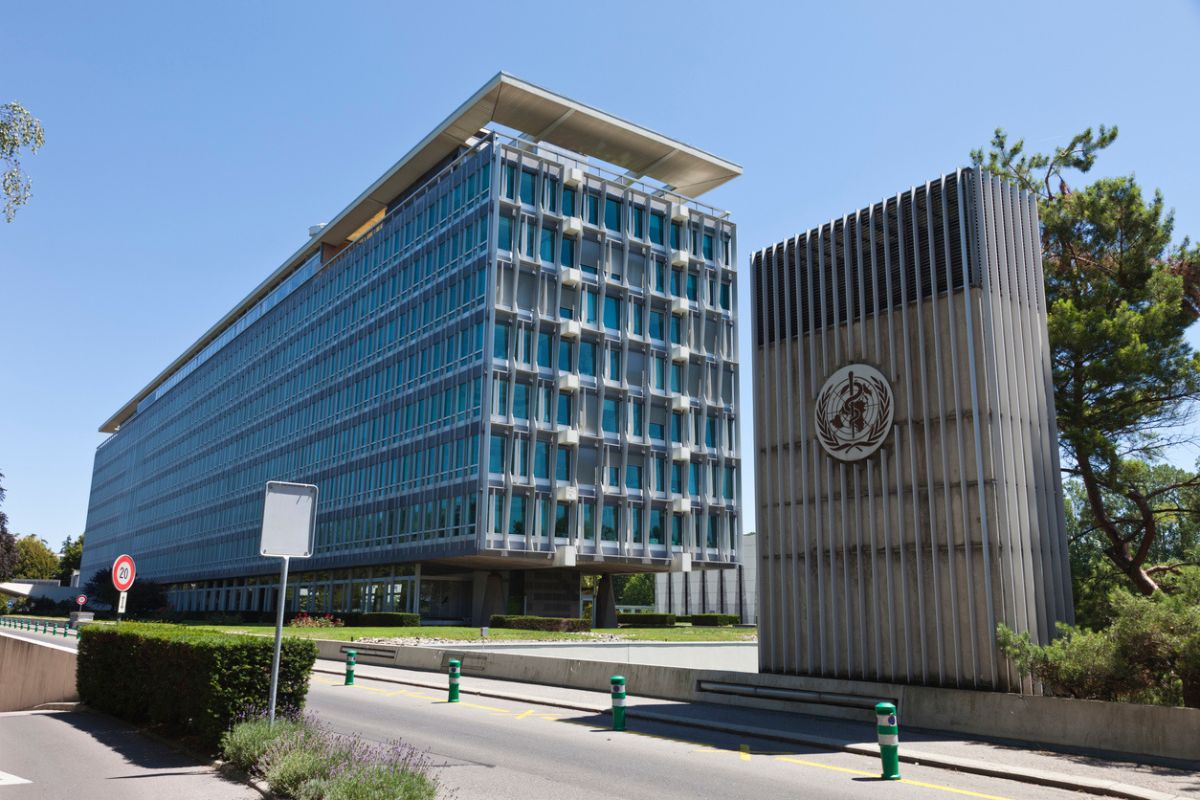Bipolar disorder affects about 46 million people worldwide, including 2.8 percent of the U.S. population. It remains a leading psychiatric cause of disability as well as a leading suicide risk factor, particularly when depression hits. during the depressive phase. Individuals with bipolar disorder suffer 20 to 30 times higher suicide risk than the general public. And up to 20 percent of individuals with untreated bipolar disorder remain a high suicide risk.

Many antipsychotics used to treat bipolar disorder, such as atypical antipsychotics, SSRIs, and SNRIs, lack antidepressant efficacy in bipolar disorder. They could even heighten the risk of suicide. Right now, there’s still no available FDA-approved pharmacological treatment for bipolar depression and suicidal ideation.
Electroconvulsive therapy and inpatient psychiatric care remain the only FDA-approved treatment for patients with acute suicidal ideation in depression.
What Are NRX-101 and NRX-100?
It’s against this backdrop that NRx Pharmaceuticals sought to develop two new pharmacological treatments for bipolar depression with a risk of suicide.

- NRX-101 is a twice-daily fixed-dose oral combination of D-cycloserine and lurasidone the company developed to treat suicidal treatment-resistant bipolar depression. Researchers found this combination showed a higher efficacy than lurasidone alone for reducing akathisia and suicidality.
- NRX-100 is a proprietary preservative-free formulation of IV ketamine. Researchers have studied it as a treatment for acute suicidal crises in depression.
How Do They Work?
Lurasidone is an FDA-approved treatment for schizophrenia and bipolar depression. It works by antagonizing dopamine and serotonin receptors, two critical hormones at least partially responsible for bipolar disorder.
Originally, doctors used D-cycloserine as an antibiotic to treat drug-resistant tuberculosis. Scientists observed in the 1950s that the drug had a pronounced antidepressant effect. Researchers now understand that this effect is mediated by an antagonist action on the N-methyl-D-aspartate (NMDA) receptor. This receptor plays a key role in depression.
Animal models and human trials suggest that the combination might be effective because D-cycloserine blocks the akathisia side-effect of lurasidone. Synergistically, Lurasidone appears to block the psychotomimetic side effects of D-cycloserine.
Ketamine is also a potent NMDA antagonist in addition to being an anesthetic agent. Doctors widely use it off-label at lower doses as an adjunct in treating acute suicidal crises in depression.
However, ketamine’s antidepressant effects are temporary and require repeated infusions. This makes it most suitable for acute, inpatient cases patients.
The Role of NMDA Receptors in Bipolar Disorder
The NMDA receptor is a pore in the surface of the brain cell that allows the flow of Calcium ions. At high activity levels, thoughts slow down, and the rate at which new ideas are formed tapers off. Additionally, brain cells stop forming new connections to other brain cells, a process known as synaptic plasticity. Researchers have found that NMDA inhibition alters brain levels of the excitatory neurotransmitter glutamate. Recent studies have shown that these receptors play a vital part in mood disorders such as bipolar and major depressive disorders.
Other key findings support this, such as:
- Researchers noticed that NMDA receptors and glutamate levels were dysfunctional in several mood disorders.
- Drugs that modulate this receptor showed positive therapeutic benefits. This includes conventional mood stabilizers/antidepressants, as well as non-conventional agents like ketamine.
Clinical Trials
During a promising phase two clinical trial, researchers administered intravenous ketamine (NRX-100) to bipolar disorder patients presenting to the Emergency Department with severe depression and acute suicidal thinking. These were patients who would require emergency hospitalization if their symptoms did not resolve.
Researchers followed up with those who responded positively to the ketamine dose with either a fixed-dose combination of oral NRX-101 or an oral dose of lurasidone alone. The scientists wanted to see whether NRX-101 can maintain improvement more effectively than lurasidone alone after administering both medications over a six-week course.
The results showed that the combination of D-cycloserine and lurasidone appeared to be significantly more effective than lurasidone alone in maintaining improvement in depression and reducing suicidal ideation.
In addition, a non-statistically significant decrease in depressive relapse rates was seen in the NRX-101-treated group. The NRX-101 treatment regimen didn’t cause any significant safety events and even showed improvements in patient-reported side effects.
A second phase 2b/3 clinical trial for NRX-101 took place at more than a dozen U.S. centers and wrapped up earlier this year. Researchers enrolled patients with bipolar depression who were treated in the outpatient setting with severe depression and subacute levels of suicidality not requiring inpatient care. The study sought to compare the efficacy of NRX-101 to lurasidone (the existing standard of care) in maintaining remission from symptoms of depression and, without prior administration of ketamine. Results showed comparable antidepressant effects between the two treatments, but significant reductions in time to reduction in suicidality and akathisia with NRX-101.
Current Regulatory Stage and Special Status
NRX-101 is in the advanced stages of regulatory preparation, with NRx Pharmaceuticals planning to submit a New Drug Application (NDA) for Accelerated Approval to the FDA later this year.
The drug has already earned multiple FDA designations, including Breakthrough Therapy and Fast Track status, which could accelerate its approval process. Right now, it remains in preparation for Accelerated Approval status.
Additionally, the FDA granted the company a Special Protocol Agreement, paving the way for potential approval.
NRX-100 is also in the advanced stages of regulatory preparation. NRX-100 has earned the FDA’s Fast Track designation. NRx Pharmaceuticals also announced plans to submit an NDA for NRX-100 in the second half of 2024.
Bottom Line
The potential of these two therapies is monumental. Bipolar disorder presents a significant global health challenge, mostly because of its close ties to higher suicide risk during depressive episodes. Suicidal Depression affects millions of people every year; a pharmacologic treatment is a critical need.
The lack of FDA-approved pharmacological treatments targeting suicidal and bipolar depression with suicidality or akathisia in today’s market underscores the need for more innovative therapies. And, if approved, these new treatments would be the first FDA-approved pharmaceutical regimens developed to treat these in patients struggling with suicidal behavior, ideation, or depression.
It’s not an overstatement to say that this would not only improve the quality of life for millions of people. It would also significantly cut the suicide rates among those affected.
Further Reading
Bipolar Research Shows Promise
New Study Confirms Causal Link Between Poverty and Mental Illness
Despair is Killing More Middle-Aged Black and Native Americans



